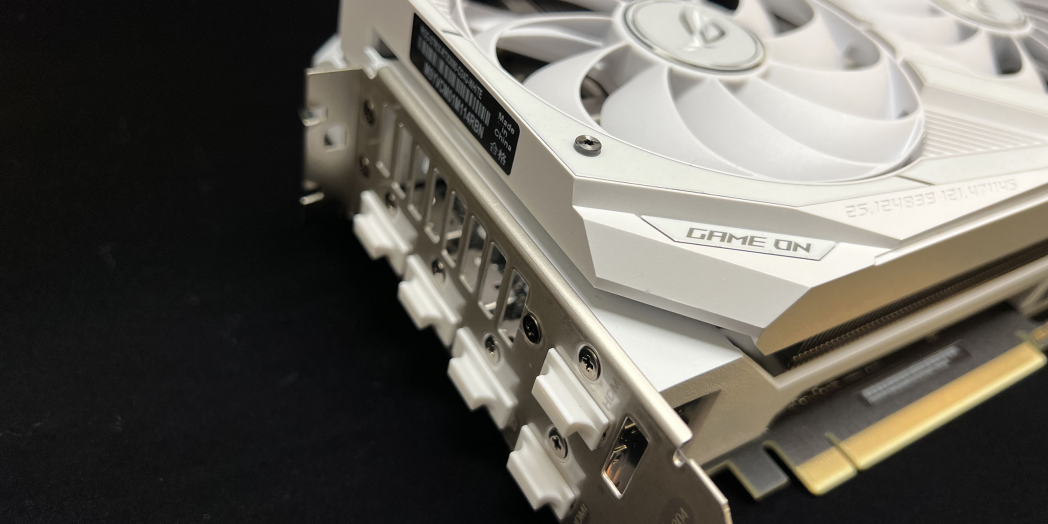Most people who are mining, are only looking at the reported hashrate by the miner software – and this could be an expensive mistake! There are a few factors that makes the real, average hashrate on the pool side – the hashrate you are actually getting paid for – are lower than the reported hashrate.
Last update: 17.January 2023
The fee to the miner software
Almost all miner software, a fee are sent to the miner developer. This is normally between 0.5% and 1%. If you are mining with a reported speed of 500 Mh/s, this will reduce the average pool hashrate with between 2.5 and 5.0 Mh/s
Shares that are not accepted
Invalid and stales share are shares that you will (normally) not be paid for, by the mining pool. A top notch miner has both a DAG verification and a DAG repair function, to reduce the risk/number of invalid shares. Also the internal latency of miners have a big impact of the number of stale shares. This could, in extreme cases, make up to a few % of your total hashrate are lost, since the miner software adds a big latency before the share are submitted to the pool.Read more about invalid and stale shares here!
Overreporting miners
The most controversial topic, are that actually most miners over-reporting the hashrate. The reason miner developers do this, are of course to attract users. Higher numbers, must be better right? Our benchmark tests, shows that many miners are over-reporting with 1-2%, while there are good, honest miner software with true hashrate – there are also some really bad examples!Check out our tests of different miner software!
So what should I look at?
Look at the average hashrate on the pool, this will tell you what you are actually getting paid for. Be be aware - you really need a minimum 50.000 shares for this number to make any meaning statistically. Thats the reason we are doing all our benchmarks with a minimum of 1.000.000 shares!



 EUR
EUR AUD
AUD CAD
CAD GBP
GBP USD
USD












































 Disclaimer! Hashrate.no utilizes some affiliate and referral links which may generate a small commission. Thanks for supporting us! We also use cookies to track users' input, like, but not limited to power cost, sorting, filters, and prices. We make no warranties of any kind in relation to our content, including but not limited to accuracy and updatedness. Hashrate.no are NOT responsible for any damage; always set your overclock at YOUR own risk and please gain knowledge and do your research! We are not responsible for external links and information that is found there. © Lineo AS 2021-2025
Disclaimer! Hashrate.no utilizes some affiliate and referral links which may generate a small commission. Thanks for supporting us! We also use cookies to track users' input, like, but not limited to power cost, sorting, filters, and prices. We make no warranties of any kind in relation to our content, including but not limited to accuracy and updatedness. Hashrate.no are NOT responsible for any damage; always set your overclock at YOUR own risk and please gain knowledge and do your research! We are not responsible for external links and information that is found there. © Lineo AS 2021-2025